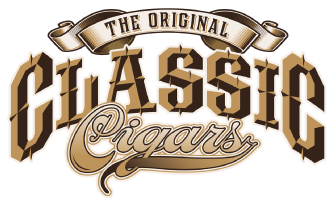One of the most important things to realize about cigars is that they are an agricultural product, prone to the weather, the complexities of soil composition and the style of their cultivation. This is why no two cigars, even of the same brand, year and model can ever be the same or identical.
The Filler | The Binder | The Wrapper
To be accurate, there are usually three general types of seeds harvested for three different reasons: the filler, the binder and the wrapper leaf.
The filler leaf provides the bulk of the cigar and is often a blend of multiple tobaccos, especially in higher-end cigars. This leaf is a major determinate in a cigar’s composition, strength and flavor profile.
The binder leaf is somewhat optional and, as its name implies, it does the basic casing or rough “binding” of the cigar. It can add some flavor.
The wrapper leaf encloses the entire cigar and functions as an alluringly shiny cover. However, it adds little substance and flavor. On the other hand, it often symbolizes the type of cigar and quality of its contents.
Rolling
Enter rolling team. Usually two craftsmen, the first, the bunchero (buncher), is responsible for putting the blend of filler leaves together and rolling them into a binder (a single leaf that holds the cigar together). Once the bunchero finishes his part of the process, the filler/binder is placed into a mold where it will secure the cigar shape before the roller takes over.
The second craftsmen, a roller, is responsible for wrapping the cigar with the leaf you see and know as the cigar wrapper. Then, a small piece of tobacco is cut from the leaf and placed on the end of a cigar like a cap. The cigar is carefully checked for hard/soft spots and is then placed in a pile where it will undergo further inspection. Once approved by a supervisor, the cigars will be placed in bundles (half-wheels) where they are aged.
